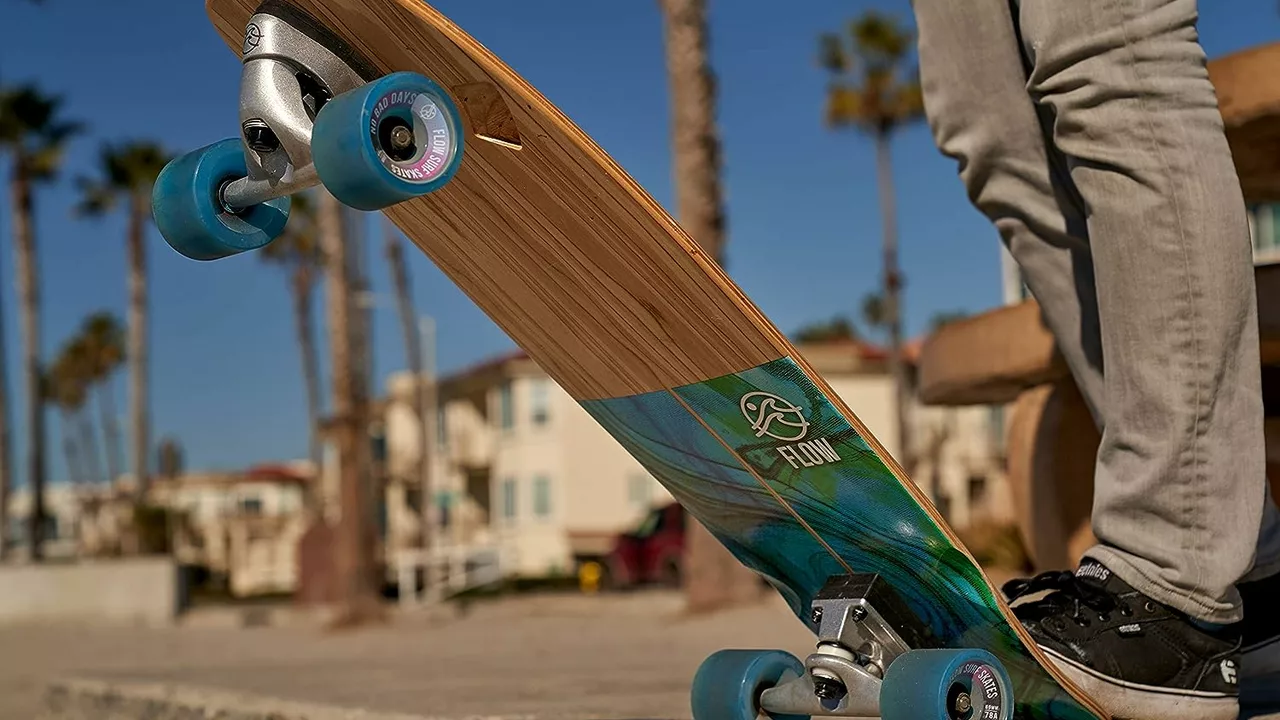Skateboards: Your Quick Guide to Picking, Riding, and Maintaining
Welcome to the skateboard tag page – the spot where you get straight answers about boards, decks, and everything that makes a skate session work. Whether you’re buying your first deck or looking to upgrade, the info below will help you make a smart choice without the fluff.
How to Choose the Right Skateboard
First off, a skateboard is three main parts: the deck, the trucks, and the wheels. The deck is the board you stand on. For beginners, a 7.5‑8.0 inch wide deck gives a stable platform and is easy to flip. If you’re into street tricks, a narrower deck (7‑7.5 inches) feels lighter, while a wider deck (8‑8.5 inches) works better for cruising and ramps.
Next, look at the trucks. They connect the wheels to the deck and affect how the board turns. Low‑profile trucks are good for technical tricks, while high‑profile trucks give smoother turns for cruising. Match the truck width to the deck width – a good rule is to keep them within a half‑inch of each other.
Wheels are the last piece of the puzzle. Softer wheels (78a‑90a) grip the pavement and are ideal for street riding. Harder wheels (92a‑101a) roll faster on smooth surfaces like skateparks. Diameter matters too: 50‑54 mm wheels are versatile, while larger wheels (55‑60 mm) handle rough cracks better.
Price doesn’t tell the whole story, but it’s a useful guide. A decent entry‑level deck costs $30‑$60. Mid‑range decks from known brands sit around $70‑$100, and pro‑level decks can exceed $120. Add $30‑$50 for trucks and $20‑$40 for a set of wheels, and a complete board will run $80‑$200 depending on quality.
When you shop, think about the shape of the deck. A classic popsicle shape is great for most tricks. If you plan to ride bowls or ramps, a twin‑tip or mini‑cruiser shape offers extra stability. Look at the grip‑tape – a good grip‑tape has a gritty surface that won’t wear away quickly.
Caring for Your Board
Keeping your skateboard in shape is easier than you think. After each session, wipe the wheels and trucks with a dry cloth to remove dust and grit. This stops rust and keeps the bearings smooth.
If the wheels feel gritty, pop the bearings out and clean them with a bearing cleaner. Once dry, add a few drops of skateboard‑grade oil. Don’t over‑lubricate – too much oil attracts more dirt.
Check the trucks for looseness. Tighten the kingpin nut just enough that the board turns smoothly without wobbling. Over‑tightening makes the board feel stiff and can damage the trucks.
Decks can get cracked or warped over time. If you see a crack bigger than ½ inch, it’s safest to replace the deck. Small scratches are fine, but they can turn into bigger problems if you keep riding on them.
Store your board in a cool, dry place. Direct sunlight can warp the wood, and humidity can weaken the glue that holds the layers together.
Finally, upgrade when you need to. Swapping out wheels for a different hardness or changing the grip‑tape can refresh an old board without buying a whole new set.
Now you’ve got the basics for picking a skateboard, understanding the parts, and keeping it in top shape. Use these tips, try a few boards if you can, and you’ll find the perfect ride for your style. Happy skating!
Are Amazon skateboards good?
- Caden Lockhart
- |
- |
- 0
So, you're wondering if Amazon skateboards are worth your hard-earned cash? Well, buckle up because your friendly neighborhood blogger is here to spill the tea! From my experience, Amazon skateboards are pretty rad. They have a wide range of designs to make you the coolest guy or gal at the park and their quality is definitely up to snuff. In short, if you're looking to kickflip your way into skateboarding, Amazon's got your back...or should I say deck?
View more